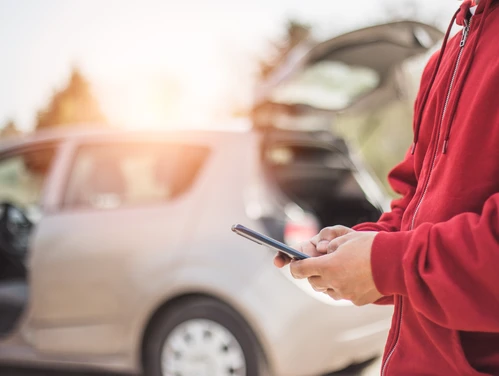Auto collisions involving animals or deer account for 13.8% of reported motor vehicle crashes in Iowa. Understanding how auto insurance works in these situations along with effective prevention strategies can help you navigate the experience.
Understanding Coverage
If you find yourself in a collision with an animal, the type of auto insurance you have will determine what costs are covered. Most standard auto insurance policies include two key components for coverage:
- Comprehensive Coverage: This is the most relevant coverage for animal collisions. Comprehensive insurance covers damages to your vehicle caused by events other than a collision, such as animal strikes, theft, vandalism, and natural disasters. If you hit an animal, this coverage may help pay for repairs minus your deductible.
- Collision Coverage: This covers damages when you collide with another vehicle or object, minus your deductible.
If you only have liability coverage on your auto insurance as required by Iowa law an animal strike would not be covered.
Preventive Measures
While insurance can help mitigate financial loss after hitting an animal, prevention is key. Here are some effective strategies:
- Warning Signs: Pay attention to deer crossing signs, especially in areas known for deer activity.
- Use Your High Beams: When driving in rural areas at night, use your high beams when there is no oncoming traffic.
- Reduce Speed: Driving at a safe speed allows for quicker reaction times if an animal suddenly appears. Lower speeds can reduce both the likelihood and severity of a collision.
- Be Cautious at Dawn and Dusk: Deer are most active during these times. If you can, plan your travel to avoid driving during peak deer movement hours.
- Watch for Movement: Be on the lookout for deer near the road. If you spot one, slow down and be prepared to stop, as they often travel in groups.
- Use Horns Wisely: If you see a deer on or near the road, honking your horn may cause the deer to retreat and prevent a possible collision. Installing a deer whistle on your grill may also help, but don’t rely on their effectiveness.
- Don’t Swerve: Swerving to miss an animal may cause more damage or injury, and involve other vehicles.
What to Do After a Collision
If you do hit an animal, the first step is to ensure everyone is safe. Move your vehicle to a secure location, call authorities, and stay away from it. It’s crucial to document the incident for insurance purposes—take photos of the damage, note the time and location, and gather any witness information. File an insurance claim for damages, if they are more than your deductible.
Conclusion
Hitting an animal can be a distressing experience, but understanding your insurance coverage and implementing preventive strategies can help minimize risks and ensure you are financially protected. Regularly reviewing your insurance policy, staying vigilant, and taking precautions can significantly reduce the chances of an animal-related accident.
